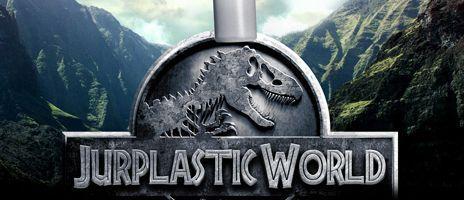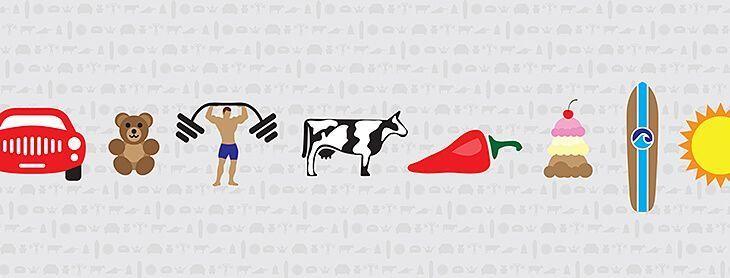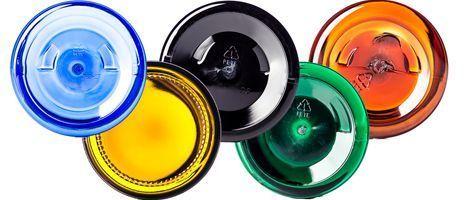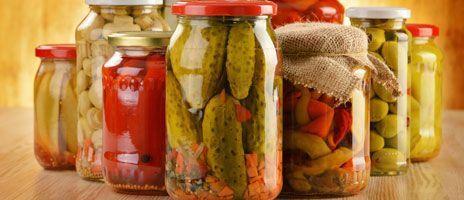Jurplastic World: Fossils, Fuels, and Plastic


At some point in the lives of nearly all children, they decide that dinosaurs are the coolest things EVER. To be honest, they're right. Dinosaurs are pretty incredible. Enormous beasts that ruled the earth, then suddenly went extinct and left their skeletal fossils behind? What is cooler than that? Maybe plastic!
Jurplastic World
This month's calendar is based on the 2015 blockbuster Jurassic World. Our calendar for the month of May is Jurplastic World. How in the name of Chris Pratt's raptor pets did we come up with this? Well, if you've looked at some of our previous calendars, you can clearly tell that most of these highly creative and slightly humorous spoofs are just silly. There's no connection to containers in The AvenJARS. Jay Gatsby from The Great Glassby has little to do with glass containers (though that devilishly handsome model in the picture might be connected to the container industry). And I'm pretty sure Katniss never ate honey once in The Honey Games. But this month is special.
Dinosaurs, Fossils, and Plastic
What do dinosaurs and plastic have in common? Let's examine the obvious: fossils. When dinosaurs died millions of years ago, they left behind their bones. Over time, these bones were buried, filled with groundwater, and turned into fossils. Around that same time (give or take a few million years), plants and other organic material (organisms like phytoplankton and zooplankton) also died and got buried under layers of sediment. These, however, didn't turn into pretty fossils like the dinosaur bones. Instead, the plants and tiny animals were crushed under tons of pressure, resulting in a chemical change. The pressure and resulting heat turned the dead organic material into fossil fuels.
You still might be wondering, but what does this have to do with plastic? Well, let's take a quick travel back in time. Not to dinosaurs (darn!), but to a past blog series. Plastic 101, Plastic 102, and Plastic 103 teach us all about how it is made. In 102, we learn about how plastics are made from crude oil and natural gas. And what are crude oil and natural gas? You guessed it: fossil fuels! So plastic is made from decomposed, prehistoric organisms. Some dinosaurs might have feasted on the same type of plants that made the fossil fuels that made the plastic that is in the disposable fork you're eating your lunch with today. Isn't it amazing how a little bit of plastic can create a connection between you and those amazing creatures? Next time you go to the natural history museum, pause for a moment as you gaze upon those towering skeletons. Every day, you use plastic that started as a plant millions of years ago.
If you want this month's calendar wallpaper, you can find Jurplastic World here. The rest of CPS's calendars are also available here!




